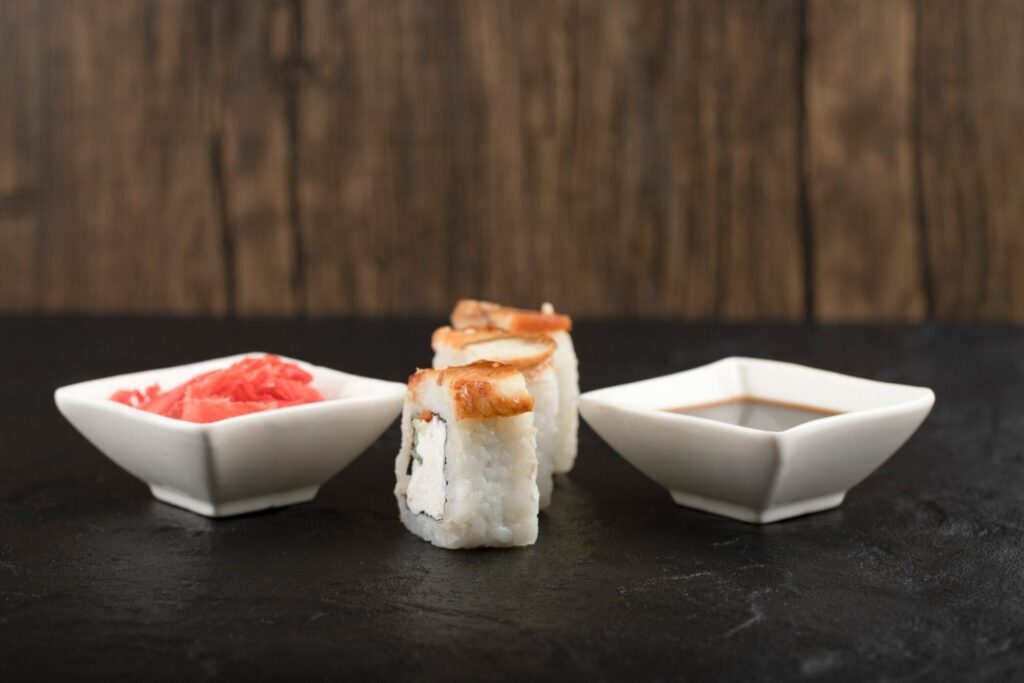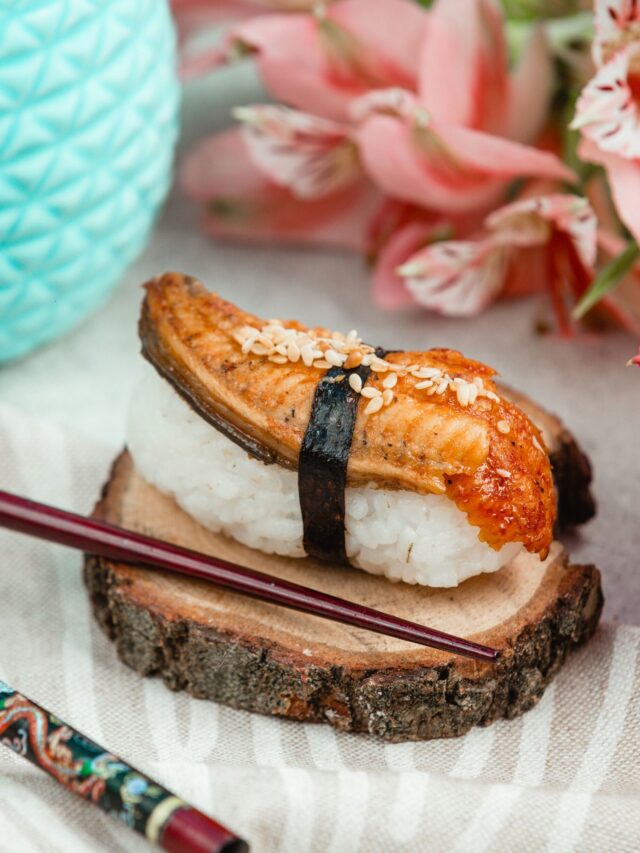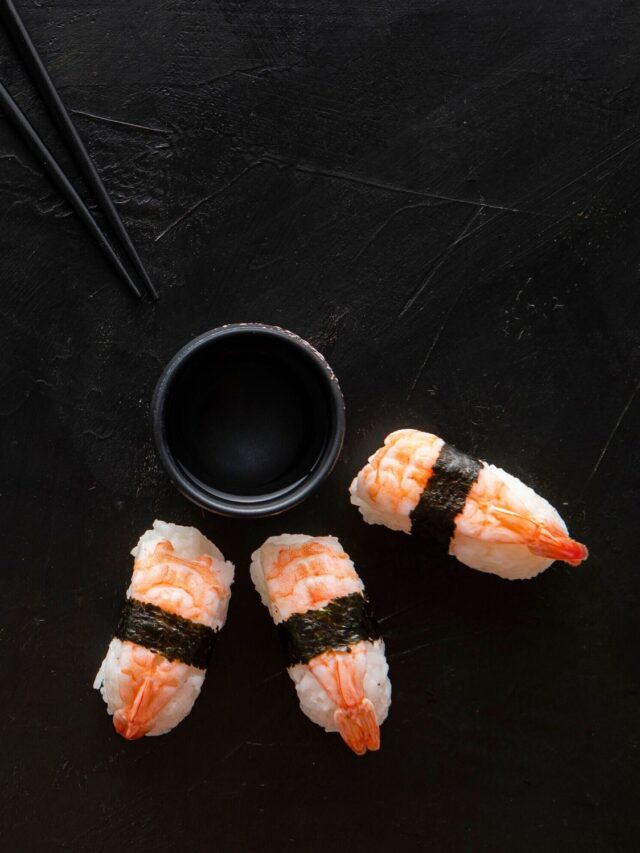
Nigiri sushi, the epitome of simplicity and elegance, is a beloved dish in Japanese cuisine. Translating to “hand-pressed sushi,” nigiri is a harmonious blend of seasonal rice and fresh fish, prepared with precision and care. Its allure lies in its delicate balance – a perfect harmony of flavor, texture, and presentation. While it may seem simple at first glance, mastering nigiri sushi requires an understanding of its key ingredients and a commitment to detail.
In this guide, we’ll uncover the secrets to making the perfect nigiri sushi at home, from preparing the rice to choosing the best fish. Whether you’re a sushi enthusiast or a culinary adventurer, this comprehensive guide will help you appreciate and replicate the art of nigiri sushi.
Table of Contents
1. The Importance of Sushi Rice
The foundation of any great Nigiri sushi is its rice. Sushi rice (“shari”) is not just a base but a flavor-packed element that complements the fish:
Choosing the Right Rice:
- Use short-grain Japanese rice for its chewy and slightly sweet characteristics.
- Avoid long-grain rice, as it lacks the necessary texture and consistency.
Cooking the Rice:
- Rinse the rice thoroughly until the water runs clear to remove excess starch.
- Use a rice cooker or heavy-bottomed pot to ensure even cooking.
Cooking the Rice:
- Prepare a vinegar mixture using rice vinegar, sugar, and salt.
- Gently fold the mixture into the cooked rice while it is still warm, making sure to coat the grains without mashing them.
- Pro tip: Let the rice cool to room temperature before shaping it, as hot rice can compromise the freshness of the fish.
2. Choosing the Freshest Fish
The fish in nigiri sushi should be of the highest quality, as its freshness and flavor are paramount:
Types of Fish:
- Popular choices include tuna, salmon, shrimp, yellowtail, and eel.
- For adventurous eaters, options like mackerel, sea urchin, or squid offer unique textures and flavors.
Sourcing Fish:
- Buy sushi-grade fish from a trusted supplier or seafood market.
- Look for bright, vibrant colors and a clean, ocean-like aroma.
Preparing the Fish:
- Cut the fish against the grain into thin, even pieces about the size of your thumb.
- Make sure each piece is smooth and free of burrs for optimal presentation.
- Pro tip: Keep the fish chilled until it is as fresh as possible before assembling the sushi.
3. Creating the perfect balance
The beauty of nigiri lies in its balance – the perfect ratio of rice to fish and the subtle interplay of flavors:
Rice to fish ratio:
- A standard nigiri consists of a small, long mound of rice with pieces of fish on top.
- The fish should slightly overhang the rice, creating a visually appealing proportion.
Forming the nigiri:
- Wet your hands with a mixture of water and vinegar to prevent sticking.
- Using light pressure, gently shape the rice into a compact, oval shape.
Assembling the sushi:
- Place the fish on top of the rice, making sure it is securely attached.
- Add a small dab of wasabi between the rice and fish for an extra layer of flavor.
- Pro tip: Practice light and consistent pressure when shaping the rice to avoid a dense or uneven texture.
4. Enhance Flavors with Companions
Traditional accompaniments elevate the nigiri experience:
Wasabi:
- Adds a slight, sharp kick that complements the fish.
- Use fresh wasabi for even better flavor.
Soy sauce:
- Dip the fish side of the nigiri, not the rice, so as not to overpower the delicate flavors.
Pickled ginger (gari):
- Acting as a palate cleanser between bites, ginger refreshes the taste buds.
- Pro tip: Avoid dipping nigiri too much in soy sauce to maintain the desired balance of flavors.
5. Creative variations of nigiri sushi
While traditional nigiri is a masterpiece in its own right, modern adaptations add creativity:
Aburi nigiri:
- Lightly grilled fish adds a smoky flavor and unique texture.
- Use a culinary torch for precise and even searing.
Sauced Nigiri:
- Top with a soy-based sauce or a drizzle of spicy mayo for extra richness.
Topped Nigiri:
- Garnish with sliced scallions, sesame seeds, or thin slices of jalapeno for extra flavor.
Vegetarian Nigiri:
- Replace the fish with avocado, grilled eggplant, or marinated tofu for a plant-based twist.
- Pro Tip: Experiment with toppings and techniques to create your own signature nigiri style.

6. Serving and Presentation
Nigiri sushi is as much about aesthetics as it is about flavor:
Platting:
- Arrange the nigiri in a straight line or circular pattern for a visually pleasing display.
Garnishing:
- Add edible flowers, shiso leaves, or microgreens for a pretty touch.
Serving Temperature:
- Serve nigiri immediately after preparation to enjoy its best texture and flavor.
- Pro Tip: Use a bamboo sushi board or a clean, white plate to highlight the vibrant colors of the fish.
Conclusion:
The art of making nigiri sushi lies in its simplicity and attention to detail. By mastering the fundamentals of rice preparation, fish selection, and balance, you can create a culinary masterpiece that captures the essence of Japanese cuisine. Whether you stick to traditional methods or explore creative variations, nigiri sushi is a testament to the beauty of harmony and precision.
So gather your ingredients, hone your skills, and embark on a journey to discover the secret to perfect nigiri sushi. With practice and passion, you’ll soon be preparing this iconic dish with the skill of a seasoned sushi chef.




